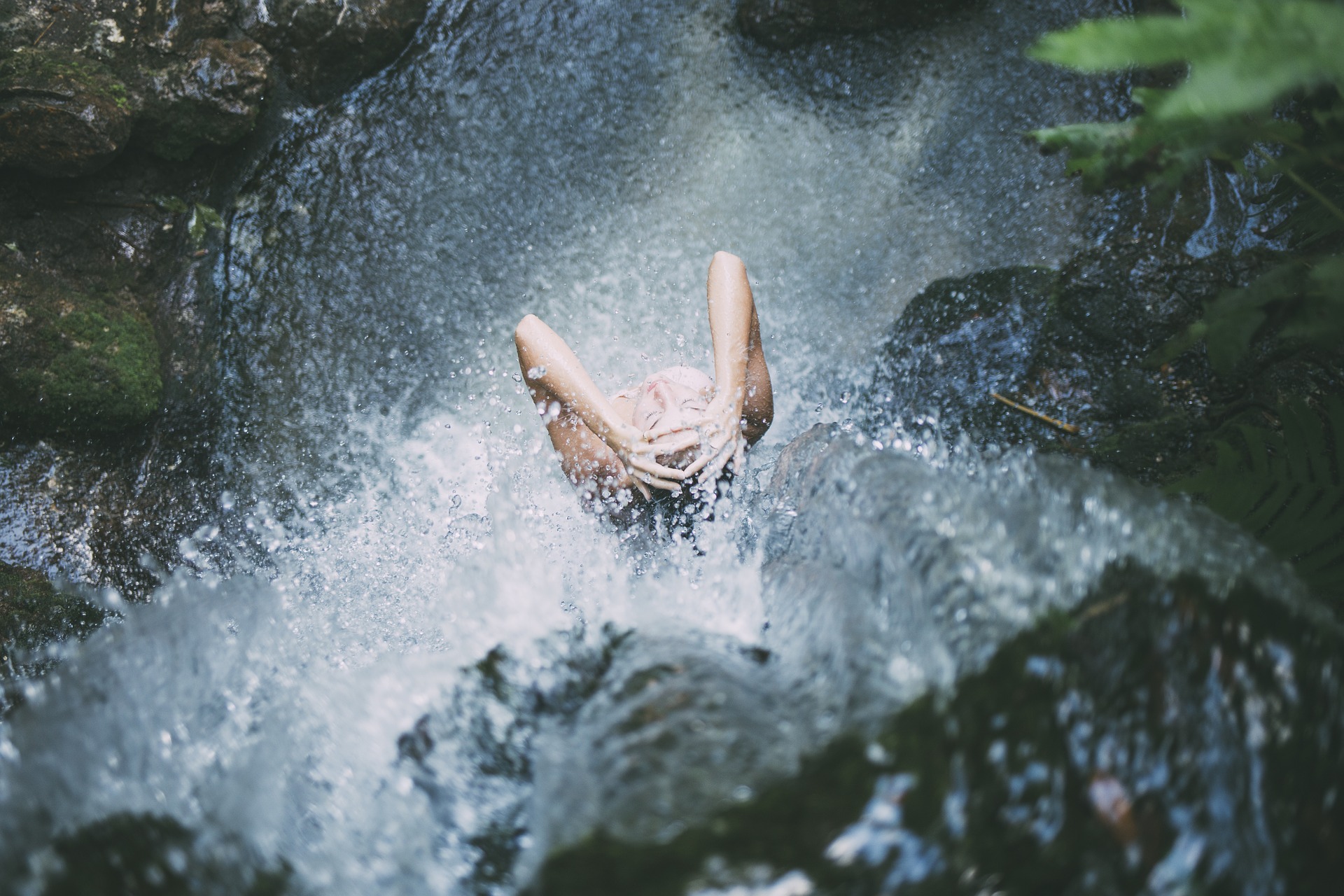Mention ‘G-spot’ and you know the topic of ‘female ejaculation’ isn’t far behind. The reason why they sit so comfortably together, like two old friends, is because stimulation of the G-spot is what seems to cause women to ejaculate.
The urethral sponge tissue contains between 30 to 40 paraurethral glands and ducts (para just means ‘near’). These glands are thought to be responsible for the production of the fluid females ejaculate.
Give the G-spot what it likes and ejaculatory fluid is sometimes produced, flowing from the glands through the ducts into the urethra before finally making its escape out of the body.
Straight onto your newly washed sheets.
Note the use of the word ‘sometimes’. The jury is still out on whether females can ejaculate – so the short answer to the headline question is, we’re not sure!
But here’s what we do know so far…
So where is the G-spot?
Most people know their urethra – it’s the tube you pee out of, right? Well there’s spongy tissue wrapped around the urethra that’s erectile – meaning that it swells when blood fills it. Blood pumps into erectile tissue when we’re aroused – it’s just more obvious when it pumps into the cylinders of his penis because you can see it actually filling up. Our erections aren’t quite so visually spectacular, being hidden!
This spongy, erectile area is the ‘urethral sponge’ and the bit of the urethral sponge you can feel through the top wall of the vagina is, ladies and gentleman, the G-spot. (Well, it’s the definition most people now seem to agree on anyway). It’s part of the same network of nerve endings that make up the hidden part of the clitoris and it’s also sometimes referred to as the female prostate (which makes sense, given the male prostate is the male ‘G-spot’).
Why does it feel like I’m about to pee rather than orgasm?
When the sponge tissue swells, it presses against the urethra and bladder. A full bladder produces a similar sensation. You need to get past this feeling to orgasm, so if you’re worried your bladder really is full, stop and go to the loo. Then go back to what you were doing. If the same sensation builds again, it’s a pretty good bet you’re on the verge of a G-spot orgasm and/or ejaculation.
Are you sure it’s not pee?
Both ejaculate and urine come out of the same tube so there are bound to be traces of urine. Also remember, there’s still debate over whether females ejaculate at all so there’s not exactly a huge amount of research done on stuff like this. One much-cited experiment involved one lone woman who took it upon herself to investigate. She downed some medication designed to turn her urine blue, then embarked on a masturbatory session where she alternated between peeing and ejaculating on a sheet. She examined the colour of each and said the pee came out dark blue and the ejaculate either clear or only slightly blue.
Conclusive evidence?
Who knows?
No-one else was there and there was no control group – someone else just happened to report on it in a medical journal and because there’s bugger all info out there, everyone jumped on it.
This often happens with sex research – we’ll make huge presumptions based on such small samples.
Women I’ve spoken to say the fluid they ejaculate is clear rather than yellow (or blue) and sometimes looks a bit milky. What little analysis that has been done shows it to be made up of prostate-specific antigen (which is also present in semen).
Will G-spot stimulation make me ejaculate?
It might do. All women have the sponge but not all women ejaculate.
We do know you’re more likely to ejaculate if you’re incredibly aroused, it’s likely to be via G-spot stimulation and it helps if you’ve got strong pelvic floor muscles. Some women ejaculate a few measly little drops, others a cup or more.
Most of the time, the women orgasm and ejaculate simultaneously but that’s not always the case.
What’s the difference between simply ‘getting wet’ and ejaculating? Normal lubrication happens slower and more evenly. If you ejaculate, it tends to happen fast and usually around orgasm.
Can you teach yourself to ejaculate if you try hard enough?
Some say yes, others say no.
My opinion would be if you want to try, go for it. Do your kegels, invest in a G-spot vibe (by far the easiest way to find it), explore lots and if you feel the urge to pee, try pushing it out rather than holding it in.
Devotees say it also helps if you remove the toy (or finger or his penis) because that might stop the fluid from gushing out.
Course, if you stop everything a little too hastily, the orgasm might disappear along with the hoped-for ejaculation, so timing’s crucial on that one!
Like everything else sexual, G-spot orgasms are healthy to aim for, not so healthy to obsess about.
There’s no evidence that ejaculation makes for a better orgasm anyway, by the way!





